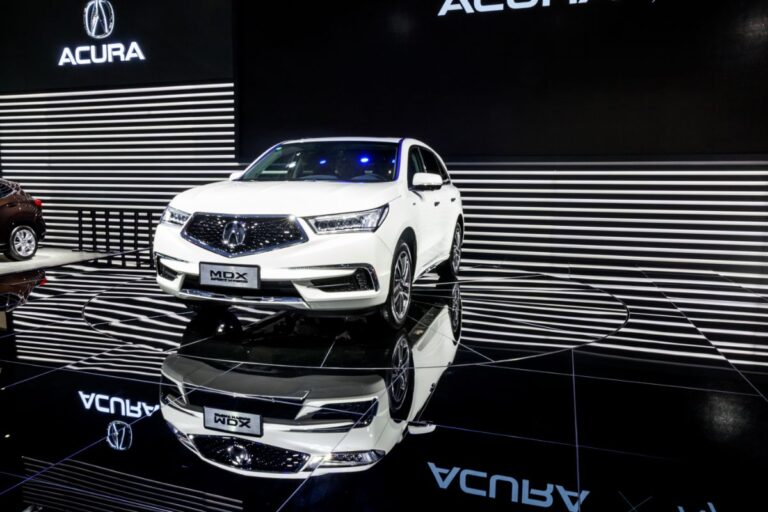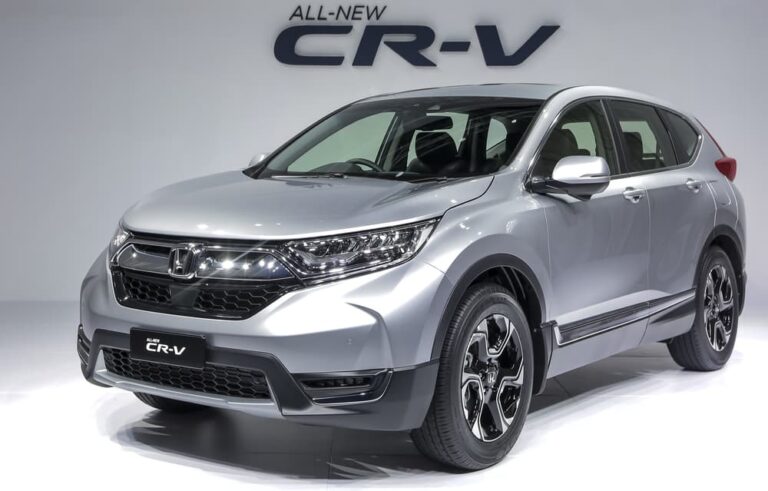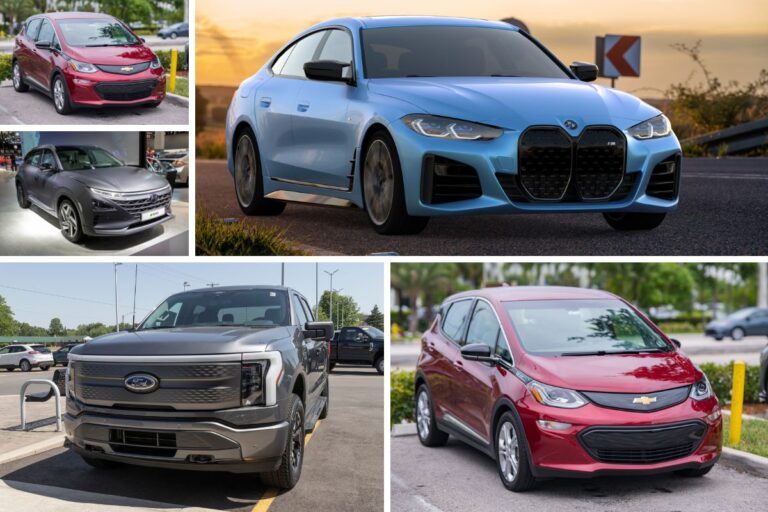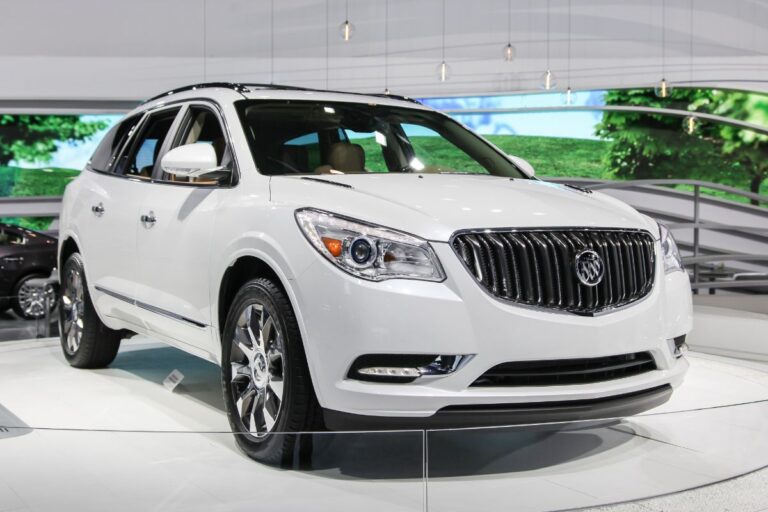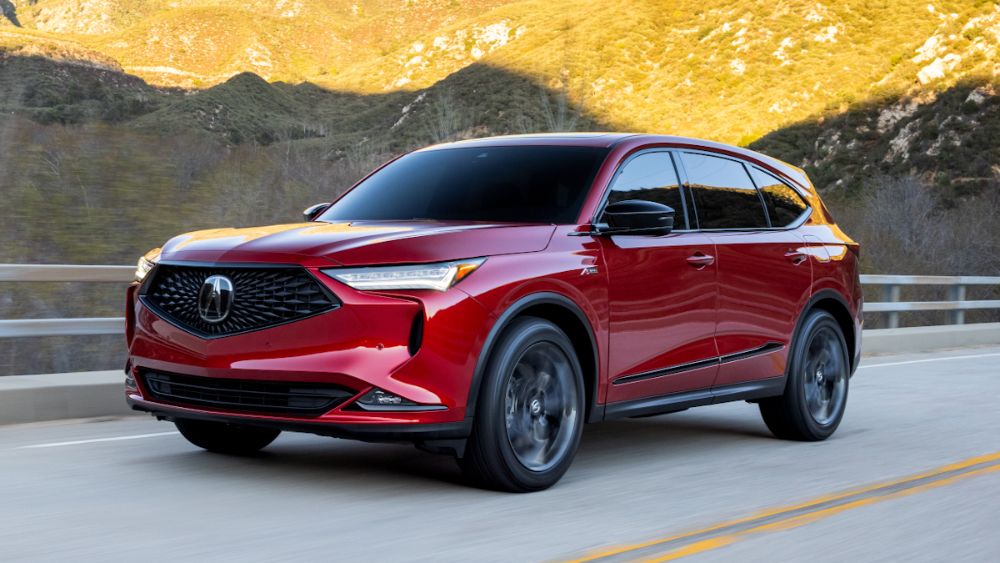
In 2019, Hyundai yielded profits again. Why? Its sales were boosted, not just any sales, but SUV sales. “Net profit for the Oct. to Dec. period came in at 839 billion won ($721 million),” the manufacturer said in January 2020.
On the other hand, profits from operations totaled a billion dollars or 1.24 trillion won, its highest earnings since the 2017 second quarter.
You might ask me, what difference do SUV sales make from selling regular sedans, or what’s the profit margin?
What’s the Profit Margin on SUVs?
A lot! Automotive News reported a finding made in 2017, showing a massive markup on SUVs. When they compared them to hatchbacks and sedans of a similar size, SUVs’ price margins ranged from just under 40% to 51% higher.
How Much More Than a Comparable Sedan Do Consumers Pay for SUVs?
SUV purchasers are shelling out an additional $8,000 to $10,000 to get their hands on a comparable vehicle.
However, Kelly Blue Book research shows that the regular sedan transaction cost runs US$20,400, but compact crossovers and SUVs average US$28,700.
To put it simply, crossovers are simply elevated sedans with some coating that has a rugged appearance. The mechanical components of crossovers are nearly identical to those of comparable cars.
A lot of them are even based on the same fundamental platform.
Unlike the standard SUV, constructed on the chassis of a truck, crossovers are not the same. However, the term SUV is used here and elsewhere as a blanket term for both vehicle types.
To What Can We Attribute the Price Disparity Between SUVs and Sedans?
1. Demand
To some extent, the price disparity between cars and SUVs can be attributed to the fact that drivers have demonstrated that they are prepared to pay for it. Automotive dealers in Canada and the USA say the demand is high.
SUVs, in other words, are in style. Like Rihanna’s Fenty intimate apparel or the latest Ye footwear, the premium price is at least in part due to tremendous demand.
2. Manufacturing
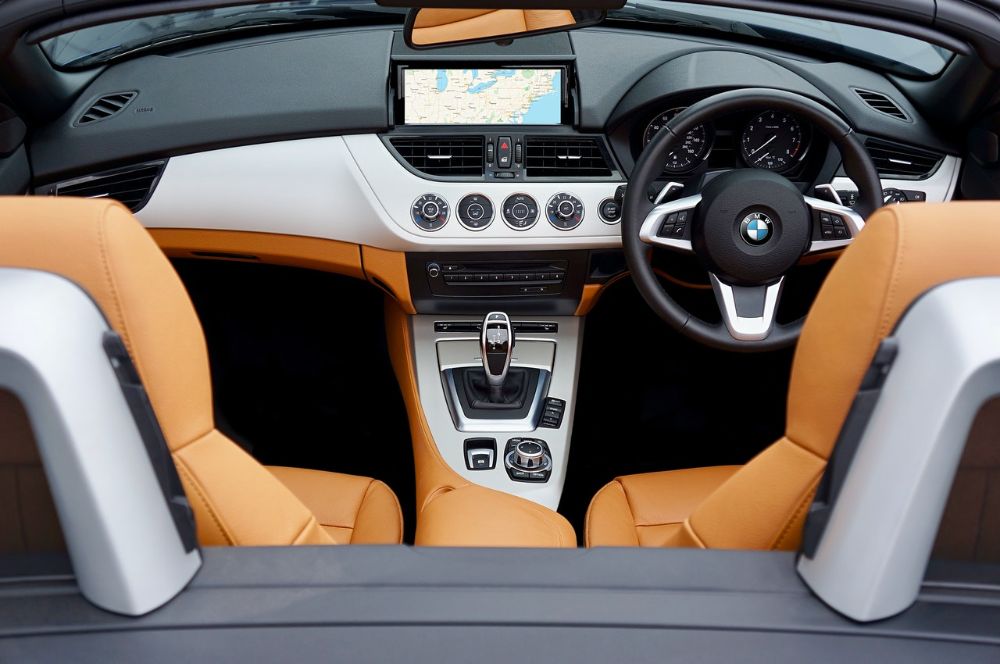
However, there is more to the price disparity than just demand. About $3,000 will go to all-wheel drive, while another $3,000 will go to additional materials.
SUVs have more glass and steel because of their greater height and width.
To handle light off-roading, the suspension components may need to be toughened up. The cost of bigger wheels and tires is also higher.
Is the Cost to Build an SUV Significantly Higher?
No. The mechanical components, including its transmission, suspension, and engines, are what drive up the cost of a vehicle’s overall size.
However, car buyers are more willing to pay a greater price for a larger vehicle because of these features,
Dealers can mark up all-wheel and four-wheel drive add-ons for more than they cost to add, and so the customers are ready to pay for them. The parts may cost $600, while the add-on option costs $2100.
When it comes to SUVs, you still have around $4,000 leftover, which indicates the premium that North American customers are prepared to spend to reach that level.
Are Some Companies Phasing out Car Manufacturing in Favor of SUVs?
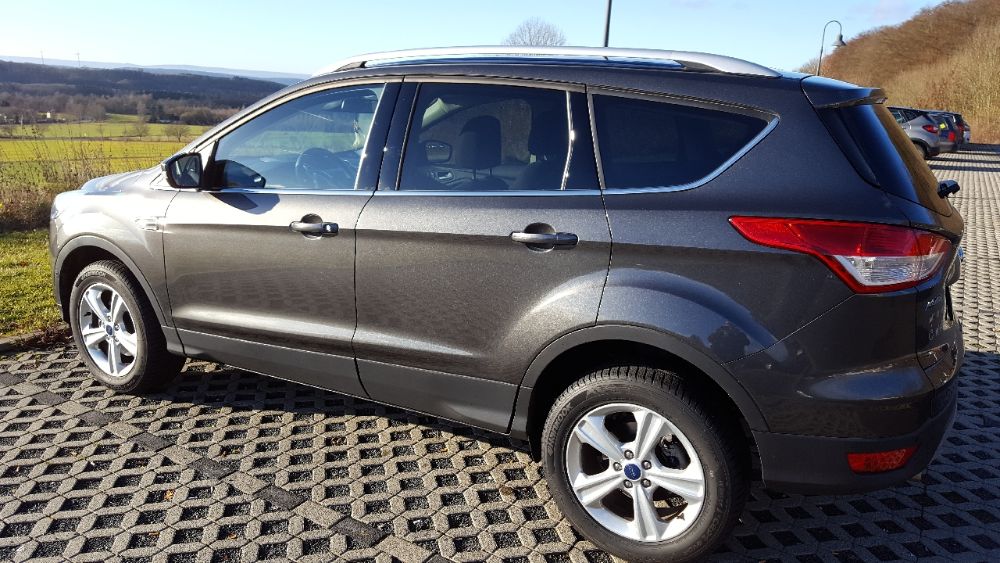
Ford Motor Company’s decision to stop selling all but the Mustang in North America is understandable. This is not to suggest, however, that SUVs are just a matter of personal taste and don’t have any practical benefits for drivers.
Older drivers will find it easier to get in and out of the vehicle because they don’t have to stop and duck down as much.
Sitting higher can provide an additional sense of security for some people. Bad roads benefit greatly from the increased ground clearance and suspension travel.
Sedans, on the other hand, can’t compete in terms of freight capacity. These benefits outweigh the price difference for many consumers.
Are There any Disadvantages to Purchasing SUVs?
SUVs have their drawbacks, too, in terms of practicality. In addition to the greater purchase price, purchasers should keep in mind the higher operating costs associated with SUVs.
Their gas consumption is typically higher than that of a comparable vehicle.
For instance, the 1.5-liter engine and transmission in a Honda CR-V and a Honda Civic hatchback are identical, but Natural Resources Canada estimates that the SUV will cost around $180 more in petrol per year.
Despite their waning popularity, sedans and hatchbacks retain several distinguishing advantages: they tend to be lighter, more fuel-efficient, and more enjoyable to drive for the driver.
What are the Advantages of SUVs?
Compared to SUVs, compact cars sit on dealer lots longer and require more incentives to entice buyers, according to data from J.D. Power.
As long as we continue to buy SUVs in record numbers, the pricing gap between automobiles and SUVs will not narrow any time soon.
Sedans and hatchbacks are still the most cost-effective new vehicles, so take advantage of this while you can. If SUVs become increasingly popular, regular automobiles could be wiped out.
Is it Fair to Compare Sedans and SUVs?
There is a bit of an unfair comparison between cars and SUVs.
What are we comparing them to, exactly? What are the most important factors to consider while purchasing a vehicle? It’s all up to you and what your top concerns are.
Even if reducing the comparison to just compact or mid-sized vehicles is a bit of an oversimplification, keep in mind that we can get a larger class of vehicles for the same price as a smaller SUV.
Subcompact Honda HRV SUV costs $25,300, whereas the compact Civic sedan costs $23,400 in the same trim.
Both vehicles have front-wheel drive. There is a more powerful and efficient engine in the Civic. Similar to the tiny Toyota RAV4, you can have a mid-size Toyota Camry at the same pricing point.
The sticker price of SUVs is compared to that of other vehicles in their class. The sport utility vehicle is much more expensive in each of these scenarios.
Are SUV Margins Higher Than When They Were Originally Built?
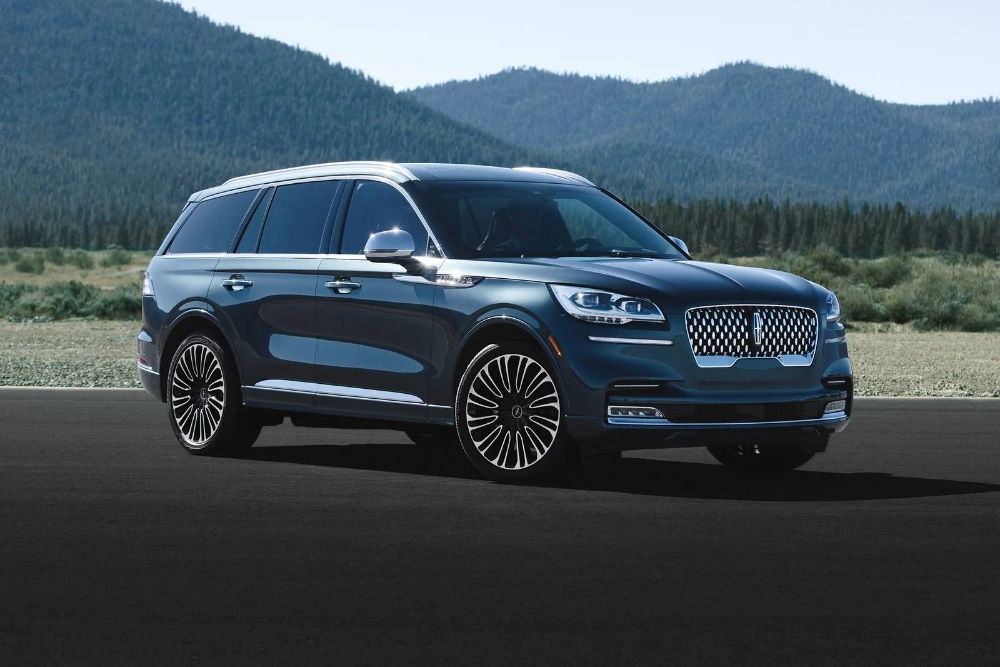
No! Margins used to be even higher when SUVs were just trucks with enclosed beds. Initially, the Navigator was a Ford F-150 transformed, yet with some leather and chrome additions.
However, it was four times the price of the truck. Nowadays, though, SUV manufacturers do them from scratch with technology. Because they are in high demand, the producers can charge more for their products.


